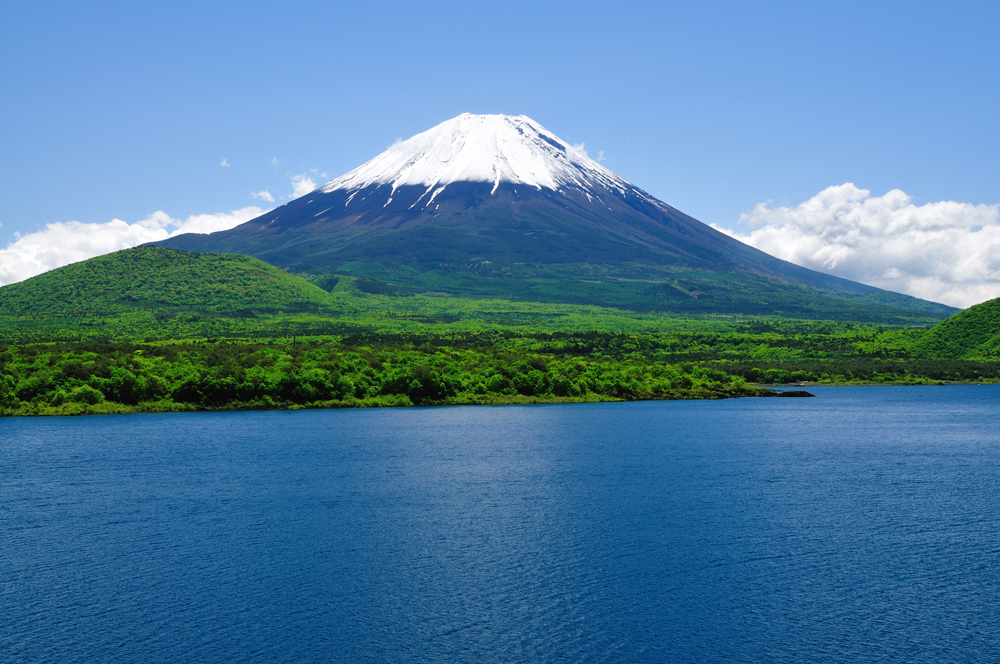April 24, 1979—On this day, Daisaku Ikeda, having served for 19 years as third Soka Gakkai president, announced that he would step down.
He had sought for some time to entrust the presidency and the Soka Gakkai’s management to able successors. This decision came at a crucial time and served to protect the Soka Gakkai from attacks by the Nichiren Shoshu priests and their allies.
Since the Soka Gakkai emerged in 1930, many priests had abused their clerical authority out of a mistaken perception that they were superior to lay practitioners.
By the late 1970s, they were denouncing Ikeda Sensei and pressuring members to quit the Soka Gakkai to directly join local temples. Their aim was to exploit the members for donations.
Despite this, Sensei attempted to forge harmony between the priesthood and laity, so that members could practice freely without being harassed.
Ultimately, however, a senior Soka Gakkai leader (who later renounced his faith) made careless and defamatory remarks in public, creating the opportunity for the priesthood to force Sensei to take the blame by resigning.
Some Soka Gakkai senior leaders believed that compromise with the priests was inevitable. One went so far as to say, “You can’t go against the flow of the times.” This pained Sensei the most. He writes:
I … knew how exhausted everyone was, due to the long, defensive battle [with the priesthood] in which they had all fought so hard. But “flow of the times”!? It was the attitude, the state of mind underlying that utterance that so disturbed me. I could detect no trace of the fighting spirit to protect the Soka Gakkai with one’s life or the willingness to fight together with me, no matter the times or circumstances.[1]
‘Advance in Unity, With Harmony and Calm’
On the morning of April 24, Sensei’s resignation was announced at a leaders meeting, shocking all in attendance. But Sensei had resolved to use this adversity as a way to launch a fresh effort for kosen-rufu. As he writes in The New Human Revolution:
It was an undeniable reality that the troubles with the priesthood had triggered Shin’ichi’s resignation. However, [he] also had a strong wish to make his resignation a positive move for the future.[2]
He assured the leaders:
You have nothing to worry about. I will continue to strive my hardest in my own capacity. There is no end to the struggle for kosen-rufu. After all, I am a disciple of Josei Toda![3]
Encouraging them to rally around the next president and to support their fellow members, he said:
The Soka Gakkai needs to advance in unity, with harmony and calm. If you share my spirit, then now is the time to warmly encourage the members and lift everyone’s spirits. You must all stand up and take the lead as individuals who embody the same commitment I do![4]
The Soka Spirit: Always Opening New Paths
Following his resignation, Sensei visited and encouraged members in Japan and throughout the world, held numerous dialogues with renowned figures to foster peace, and nurtured generations of compassionate and committed leaders. Through such persevering efforts, he has laid an indestructible foundation for the future of kosen-rufu. As a result, the SGI has grown steadily, establishing a presence in 192 countries and territories.
After 1979, the priesthood’s resentment of Sensei and the Soka Gakkai festered, culminating in their “excommunication” of the Soka Gakkai and its more than 10 million members on Nov. 28, 1991.
At that time, the Soka Gakkai’s leadership, especially those Sensei had fostered since 1979, did not hesitate to challenge the priesthood’s injustice. Taking the priests to task on every false claim and malicious action, together with Sensei, they protected the members and solidified the tradition of Soka justice.
Today, the Soka Gakkai is free from the priesthood’s corrupt religious authority. As Sensei writes in The New Human Revolution, “No matter what happens, as long as the solemn Soka spirit of mentor and disciple beats in the members’ hearts, a new path will open and kosen-rufu will continue to develop.”[5]
—Prepared by the SGI-USA Study Department.
You are reading {{ meterCount }} of {{ meterMax }} free premium articles

